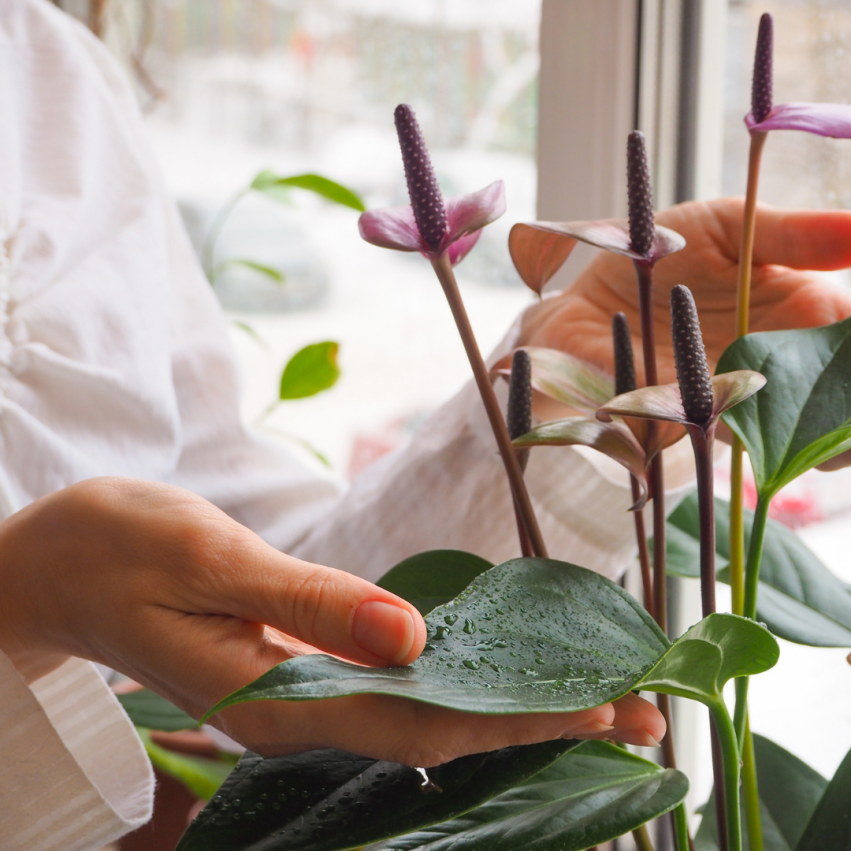Keeping the Greens Cool in the Summer– 9 Ways to Care for Your House Plants Amidst The Summer Heat
The summer heat is upon us! And though we adore the sunny season more than the others (well, for most people), the rising temp can be pretty overwhelming, for us but most especially for our indoor plants! In fact, even in an air-conditioned room, your green pals can suffer from the less-than-pleasant effects of summer heat and humidity!
Care for your plants and keep them cool amidst the summer heat! Here are nine simple ways to do it.
Move Plants Away From Direct Sunlight
During summer, it’s best to move your indoor plants away from the sun to keep them protected from strong summer rays. Pay attention to where the sunlight falls during hot hours and mind where your windows are facing. South or west-facing windows and balconies are most prone to glaring sunlight. Be sure to provide shade for all your house plants, especially your most delicate ones.
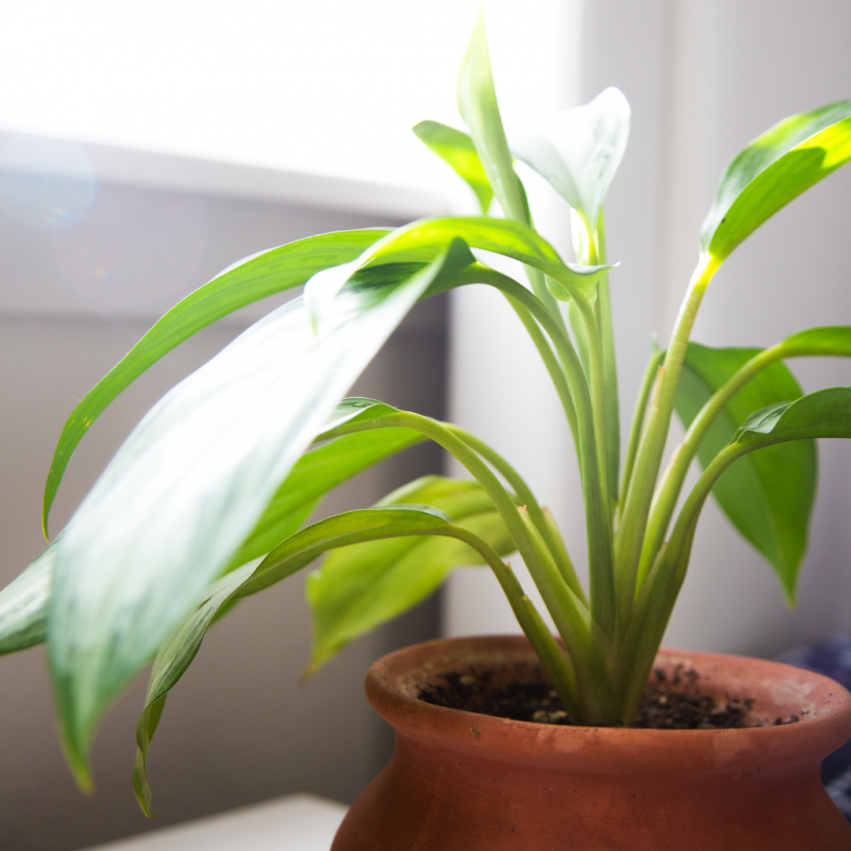
Keep Their Growing Conditions Cool
Your house plants are a lot like you, believe it or not. Your green buddies don’t like it feeling the summer heat as much as you. And even with air conditioning, there are still spots in your home that are hard to cool down, and they can cook your plants!
Shut your windows during daytime heat, and open them at night to let the cold night air come in. It’s also a good idea to run fans, as even a few degrees cooler can make a big difference.
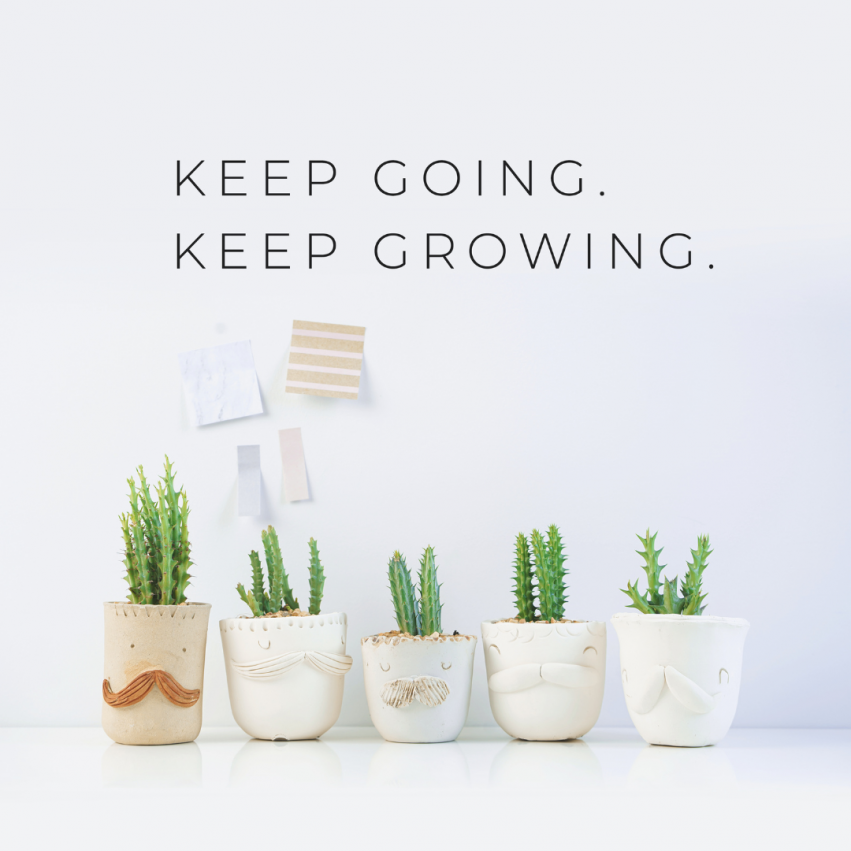
Start To Get Misty
Did you know that some indoor plants like higher humidity? And as the summer heat can lower amounts of humidity, your tropical plants, like many ferns, suffer the most.
Offer your plants a little humidity by sitting them on top of a saucer or tray with pebbles and filling it with water. Misting regularly, but making sure not to overspray, is a good solution.
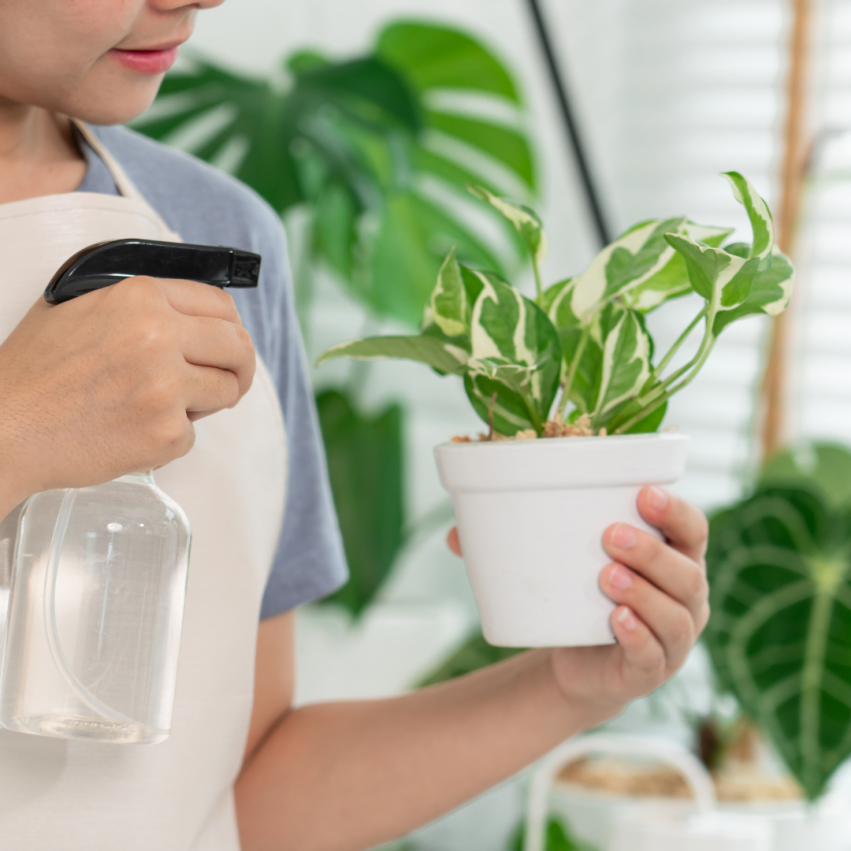
Water Your Plants Deeply And Slowly
For the summer, it’s best to adjust your watering schedule. Remember not to overwater your indoor plants, as they can get killed off this way. However, they’ll need thorough soaking, so be sure to water deeply and slowly.
Avoid dumping a full watering can over your plants in a single drenching and water a little at a time. Sit your plant in a bowl and let it absorb extra water from the bottom for 10 minutes after watering. Don’t forget to take them out, or the roots will rot, and we’re back to killing your plants.
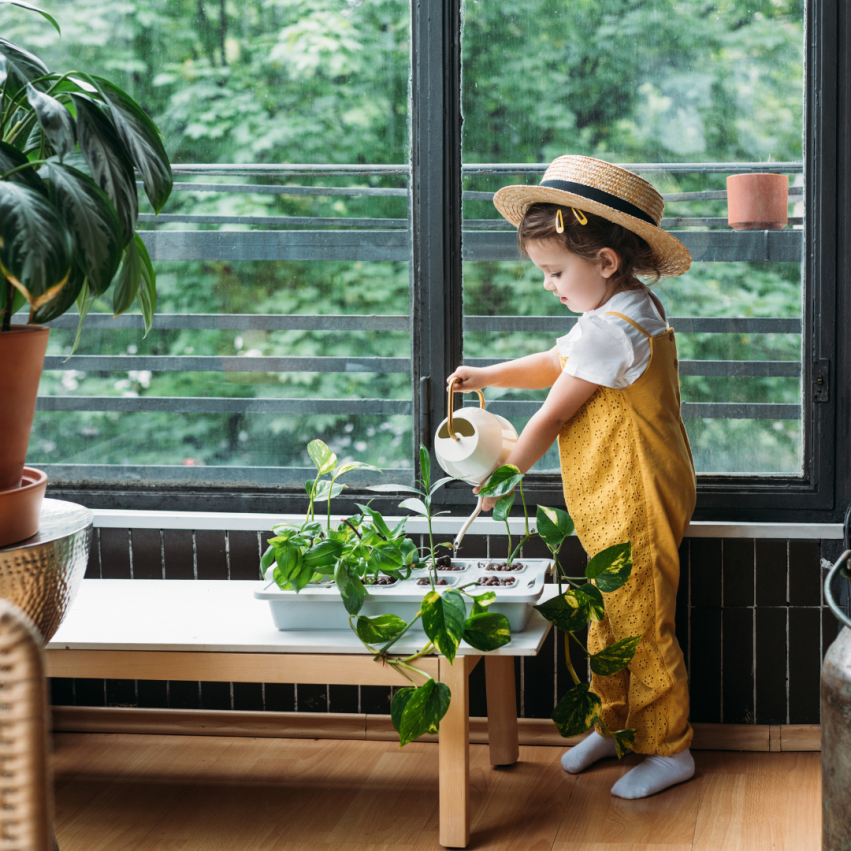
Check The Green Peeps More Often
Develop the habit of testing the moisture level of your indoor plants more often than you usually do. Check by feeling the soil and water when the soil is dry a few inches below the surface. Using a small moisture meter to test your plants can be unreliable. Also, if your plants are sitting in air conditioning, they can dry out quickly due to the lack of humidity.
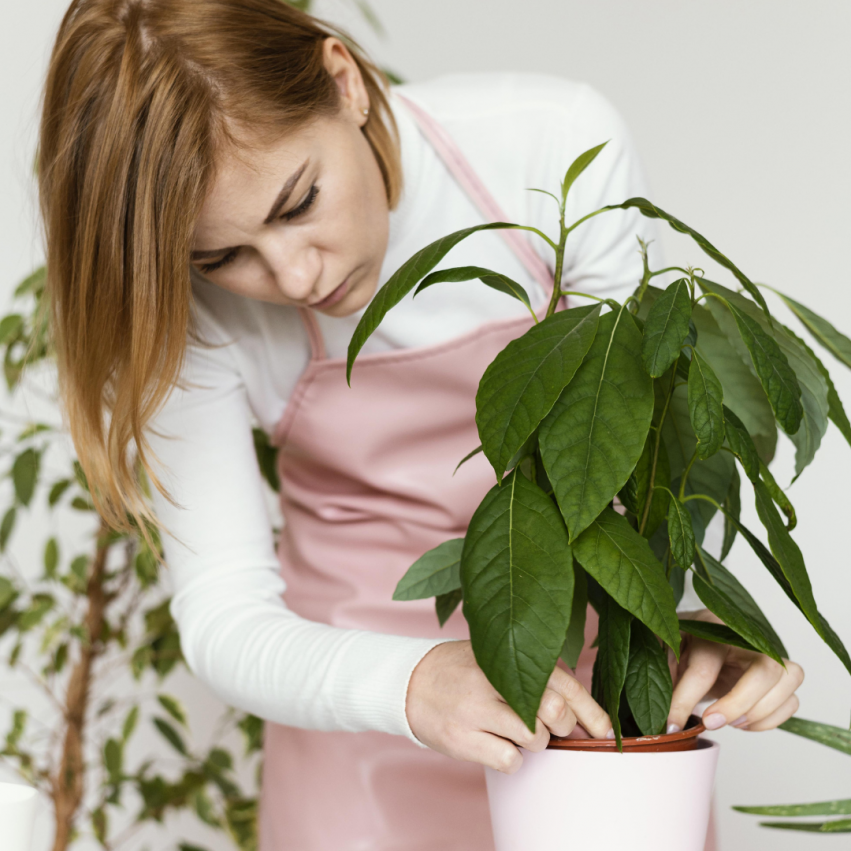
Watch For Signs Of Summer Stress
Prevention is always better than cure, so catching your plants’ problems due to summer heat earlier will save them from dying! Observe your plants and watch out for signs of stress. Make adjustments before your plant suffers permanent damage.
Common signs include:
• Wilted leaves
• Pale, yellow, or brown leaves
• Rough brown patches – this can be scorching or sunburn
• Flowers or leaves dropping off
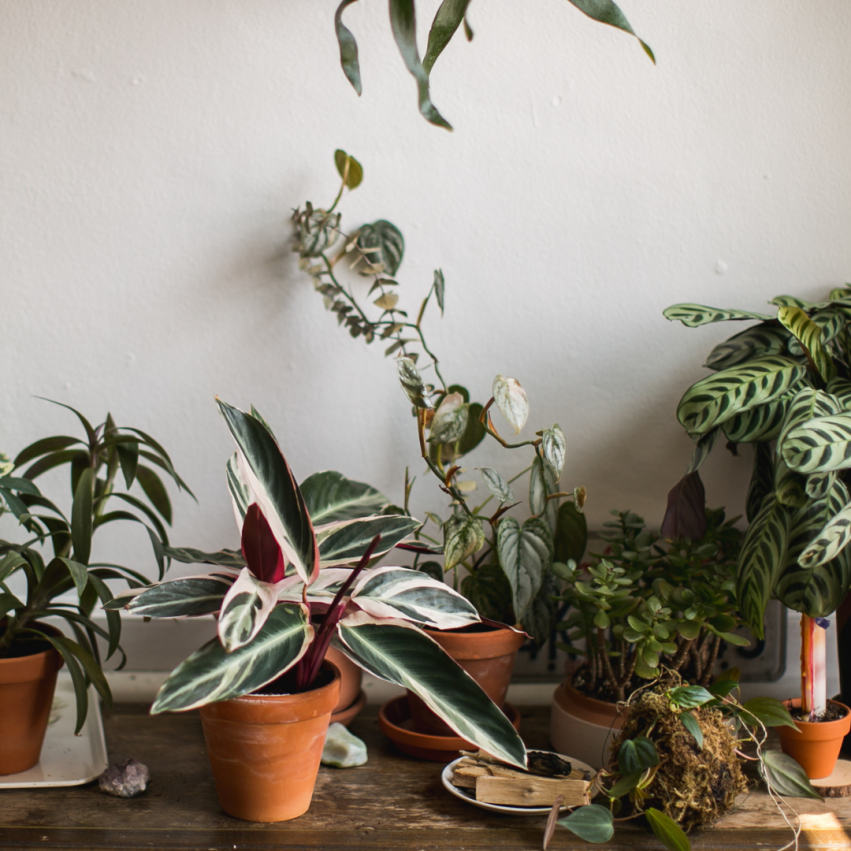
Avoid Re-Potting Plants In Hot Weather
While good plant maintenance involves re-potting rootbound plants when needed, please don’t pick a hot summer day to do it, as it can be stressful for your plants! Their leaves and roots can get trimmed back or damaged, and your indoor plants may not survive this extra stress.
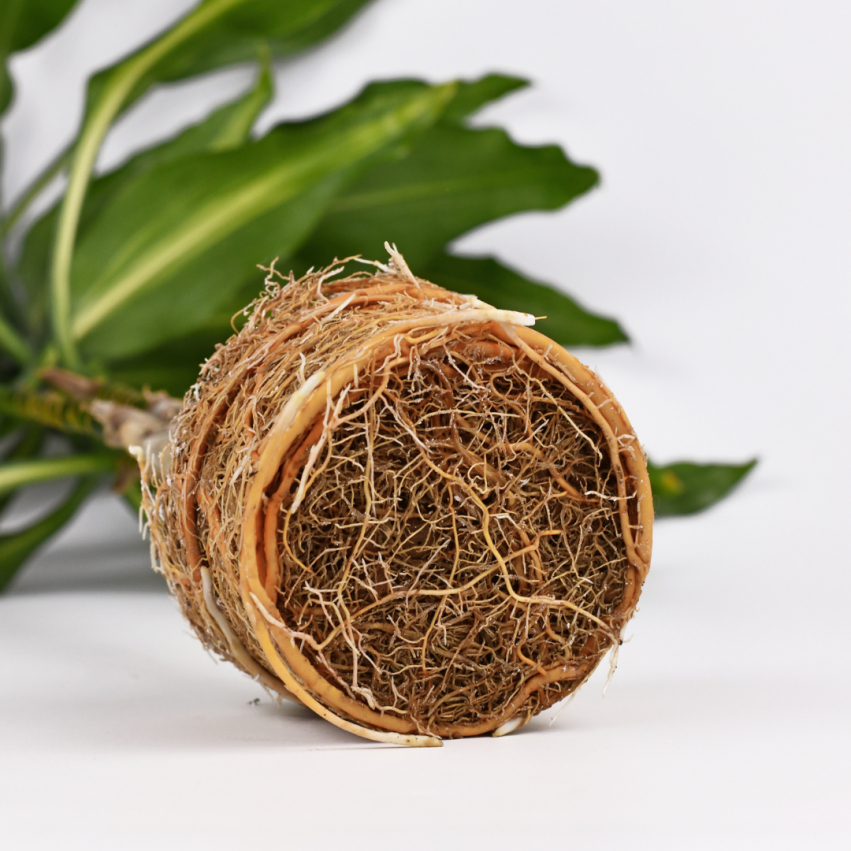
Avoid Significant Pruning Or Cleanup
Aside from repotting, pruning your plants can be stressful in the summer, even if they need it from time to time to prompt new growth and promote a healthier shape. Wait until the temperature drops a little in the fall months to do any snipping.
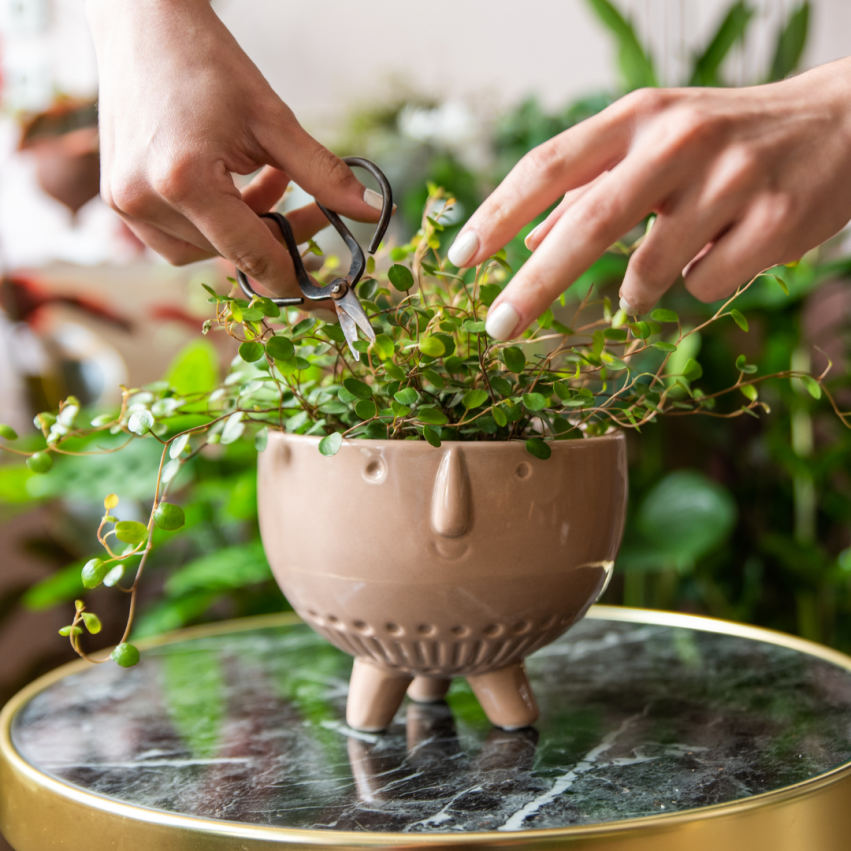
Keep Them Happy and Clean
While pruning ISN’T a good idea in the summer, cleaning up yellowing or dying leaves and flowers and dropping leaves piling up on the soil is recommended. We don’t want those nasty fungus gnats ruining your plants, right?
